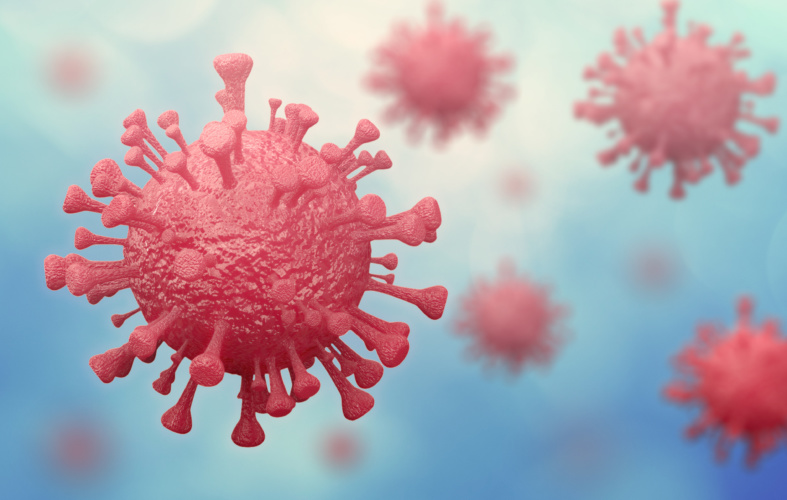Study aims for COVID-19 surface treatments
A project to develop surface treatments that can provide long-lasting protection against COVID-19 has been launched at Birmingham University.

The EPSRC-funded research will develop new antiviral sprays, films, and other products that can be deployed via additives in existing commercial products, such as detergents, or integrated with current packaging processes, forming an invisible and long-lasting film of sub-micron thickness. Unlike existing disinfectants, the formulations will be designed to capture the aerosol droplets and inactivate the virus.
Major study to evaluate COVID-19 risk on public transport
Workplace distancing tech takes off
MORE ON THE ENGINEERING RESPONSE TO COVID-19 HERE
The research is being carried out over the next 18 months in partnership with Cambridge University and industrial partners Dupont Teijin Film (DTF), Innospec, and FiberLean.
According to Birmingham University, a key focus during the first phase will be to better understand the underpinning antiviral mechanism because different surfaces can affect the ability of the COVID-19 virus to survive.
The virus can remain active for several days on smooth surfaces such as plastic and stainless steel, but for only a few hours on newspaper. Surface characteristics such as porosity, rigidity, and roughness all affect the virus’s viability, and the team aim to draw on their expertise in soft matter, surface chemistry, formulation engineering, and microbiology together with the product development capabilities offered by the industrial partners.
Register now to continue reading
Thanks for visiting The Engineer. You’ve now reached your monthly limit of news stories. Register for free to unlock unlimited access to all of our news coverage, as well as premium content including opinion, in-depth features and special reports.
Benefits of registering
-
In-depth insights and coverage of key emerging trends
-
Unrestricted access to special reports throughout the year
-
Daily technology news delivered straight to your inbox










Water Sector Talent Exodus Could Cripple The Sector
Well let´s do a little experiment. My last (10.4.25) half-yearly water/waste water bill from Severn Trent was £98.29. How much does not-for-profit Dŵr...